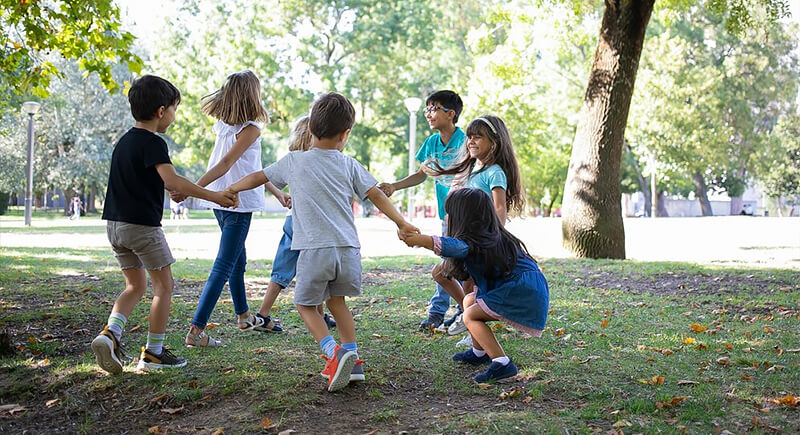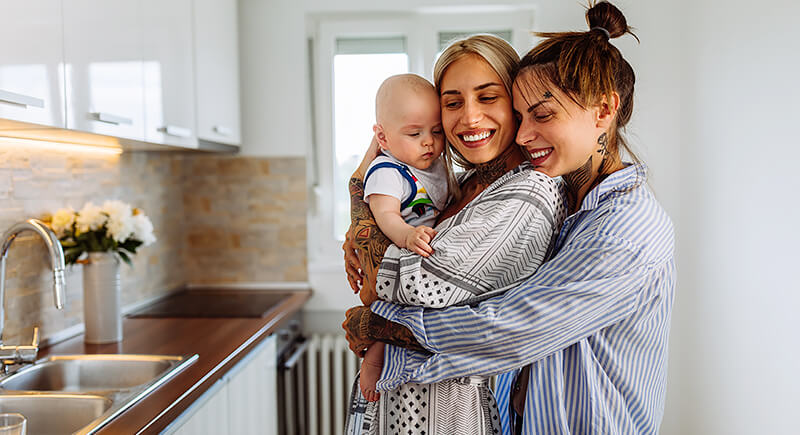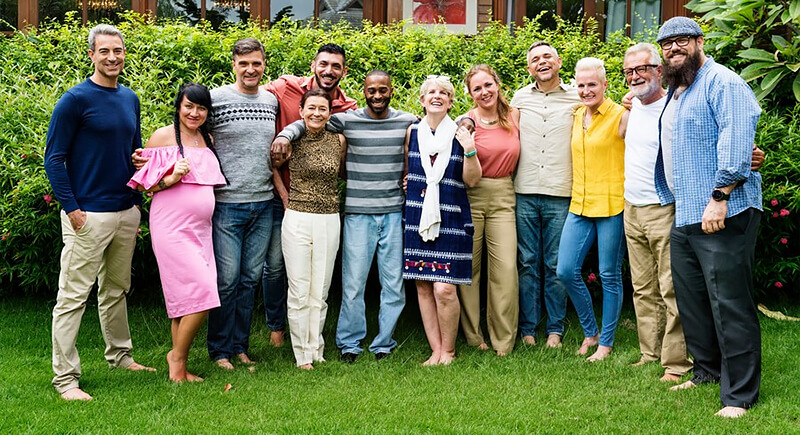What American Families Looked Like 50 Years Ago vs. Today
Families today look a lot different than they did 50 years ago. The days of the “traditional” household are long gone and have instead been replaced by a mix of evolving roles, new family structures, and technology-driven routines. Let’s take a closer look at how family life has transformed over the decades.
Marriage Happens Later

Credit: freepik
Back in the ’70s, most people got married in their early twenties. Today, many wait until their late twenties or even thirties. Why the delay? Education, career goals, and personal growth often come first. According to the U.S. Census Bureau, the median age for first marriages keeps rising.
Kids Stay Home Longer

Credit: freepik
Turning 18 used to mean moving out and starting life on your own. But now, more young adults live with their parents well into their twenties. Rising living costs, student loans, and job uncertainty have made it harder to achieve financial independence.
More Singles, Fewer Couples

Credit: freepik
Traditional households centered around married couples aren’t as common as they once were. More people are choosing to stay single, focusing on careers, friendships, and personal fulfillment. U.S. Census Bureau data shows a steady rise in single-person households.
Motherhood Can Wait

Credit: freepik
Unlike past generations, women today don’t feel pressured to have kids right away—or at all. Many delay parenthood to focus on careers, financial stability, and personal goals. Thus, birth rates for women under 30 have dropped, while more women in their 30s and 40s are having children than ever before.
Marriage Isn’t Always First

Credit: freepik
More couples are living together, buying homes, and even starting families before saying, “I do.” This shift challenges the old belief that marriage should come first. A strong family life no longer requires marriage as the foundation.
Weddings Still Matter

Credit: freepik
Despite changing views on marriage, weddings are still a big deal. Many couples dream of walking down the aisle, even if they do things a little differently. The wedding industry has adapted to combine modern trends with classic traditions.
Childhood Looks a Lot Different

Credit: freepik
Kids today grow up in a digital world. Outdoor play competes with video games and social media, and tablets have replaced traditional toys. Parents now juggle setting digital boundaries while keeping kids engaged offline.
Family Structures Keep Changing

Credit: iStockphoto
The classic nuclear family isn’t the default anymore. Joint families, single-parent households, and same-gender parents are more common than ever. Adoption, surrogacy, and alternative parenting arrangements have also grown. What matters most is providing a loving and stable home—no matter the family structure.
Smaller Families, Bigger Focus

Credit: freepik
Families are shrinking. Many parents choose to have fewer kids due to financial concerns, career demands, and changing lifestyles. Raising a child costs more than ever, and with smaller families, parents can invest more in education, extracurriculars, and quality time.
More People Live Alone

Credit: freepik
More adults are embracing solo living. Whether by choice or circumstance, single-person households are at an all-time high. Some enjoy the freedom and independence that comes with it, and we now know that happiness isn’t tied to marriage or cohabitation.
More Working Moms

Credit: freepik
The image of a stay-at-home mom has evolved. More women are balancing careers with family life and redefining traditional roles. The U.S. Bureau of Labor Statistics shows a steady increase in working mothers, which has led to a demand for better workplace policies that support both work and parenting.
More Multicultural Families

Credit: freepik
Immigration and globalization have led to a rise in multicultural households. Today’s families have a mix of languages, traditions, and cuisines, which makes their home lives more diverse. These cultural influences even shape education, identity, and family relationships.
Technology Rules Family Time

Credit: freepik
Technology has completely changed how families communicate and spend time together. Streaming services replaced traditional TV nights, video calls keep long-distance relatives connected, and kids socialize more through screens than in person.
More Grandparents Are Raising Kids

Credit: freepik
In some families, grandparents have stepped into parenting roles. Economic struggles, health crises, or family issues have led to an increase in “grandfamilies.” This has forced grandparents to face unique challenges while providing love and stability for their grandchildren.